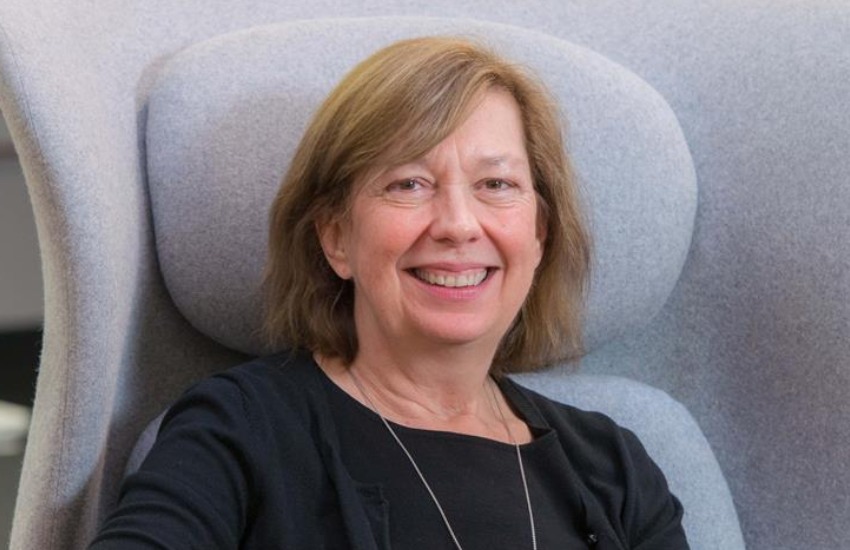Majority of ASX firms paying women 30% less than men
BusinessLarge companies are not only self-sabotaging their diversity efforts by paying women less, new research shows, but they’re hurting their bottom lines by doing so, too.

New research released by the University of South Australia (UniSA) on Wednesday shows that at least 80 per cent of ASX-listed firms are paying their female executives 30 to 35 per cent less than their male counterparts.
The study assessed some 539 ASX-listed firms across 10 years of data, containing 2,095 observations, in a bid to identify the impacts of gender pay disparity among top management firms.
UniSA researcher Carol Kulik said the study not only shows that gender inequality is alive and well, but that by paying women less than men, large firms are hurting their return on assets.
“In dollar figures, if a male executive is paid 2.6 times that of their female counterpart, every woman added to the team will lower the firm’s annual return on assets by 2.2 per cent,” Ms Kulik said.
“The cause, we suspect, is that underpaying women sends a powerful signal that the organisation has low expectations about women’s contributions — that women executives have a lower status and less influence than their male counterparts.”
Among the sectors with the highest exposure to the financial effects of underpaying women were the energy, information technology and industrials sectors.
Meanwhile, health, financial services, and consumer staples — or businesses that produce food, beverages and personal products — were identified as having the lowest overall risk profile when underpaying women.
According to 2020 figures, the typical pay gap between a male and female executive is about $1,385,457. Ms Kulik said the gender pay gap across executive roles is wider than some might think.
“It might surprise people that gender pay gaps exist at very senior levels, but with senior performance criteria often vague and subjective — and gender stereotypes still rife — the resulting imbalance is commonplace,” Ms Kulik said.
The Australian Bureau of Statistics (ABS) released new gender pay gap data for 2021 on Thursday which showed that the gender pay gap is 14.2 per cent across the national workforce, up from 13.4 per cent in February.
According to the ABS, women working full-time on average earned $1,575.50 a week, while men earned $1,837 — an average of $13,000 more a year. It’s an issue that large firms have tried to address by elevating women to executive roles, without paying them for it.
Research conducted by the Governance Institute of Australia released earlier this month showed that the presence of women continues to grow in Australian boardrooms, and that there isn’t likely to be a single ASX 300 company without a woman on its board come 2026.
The report also found the number of boards to have at least a 30 per cent female make-up tripled up to 161 in 2021, from 54 in 2016. Meanwhile, boards without any women at all dropped from 59 in 2016 to 14 in 2021.
“We hear a lot about the benefits of women in executive levels,” Ms Kulik said.
“They provide different views and perspectives, reduce risks, improve decision-making, and promote performance. But if a firm has a large gender pay gap, promoting women to the top team will neither deliver benefits for the individual nor the organisation.”
UniSA researcher Yoshio Yanadori said the study should offer itself as a warning shot to organisations that are driving gender diversity initiatives.
“Organisations pay a price for gender inequality,” Dr Yanadori said. “Just because an organisation has a good representation of women at the top doesn’t mean that they are a gender-equal firm. Women’s representation is only one indicator.
“Stakeholders must dig deeper to establish whether the organisation is best positioned to use its visible gender diversity effectively.
“Gender diversity must be matched with equal pay. If organisations have women in senior leadership roles but pay them less than their male counterparts, they’re simply shooting themselves in the foot.”




